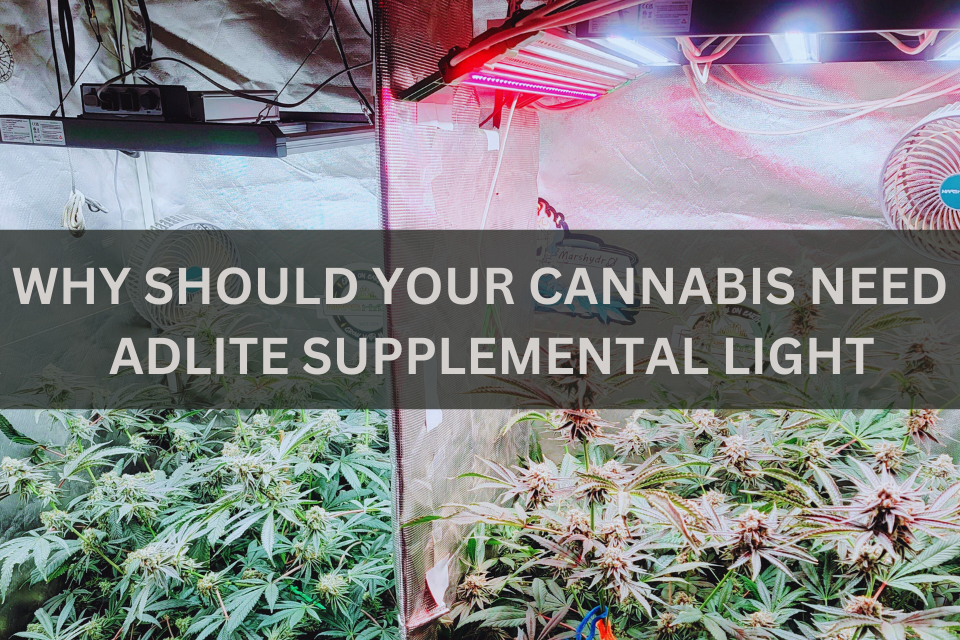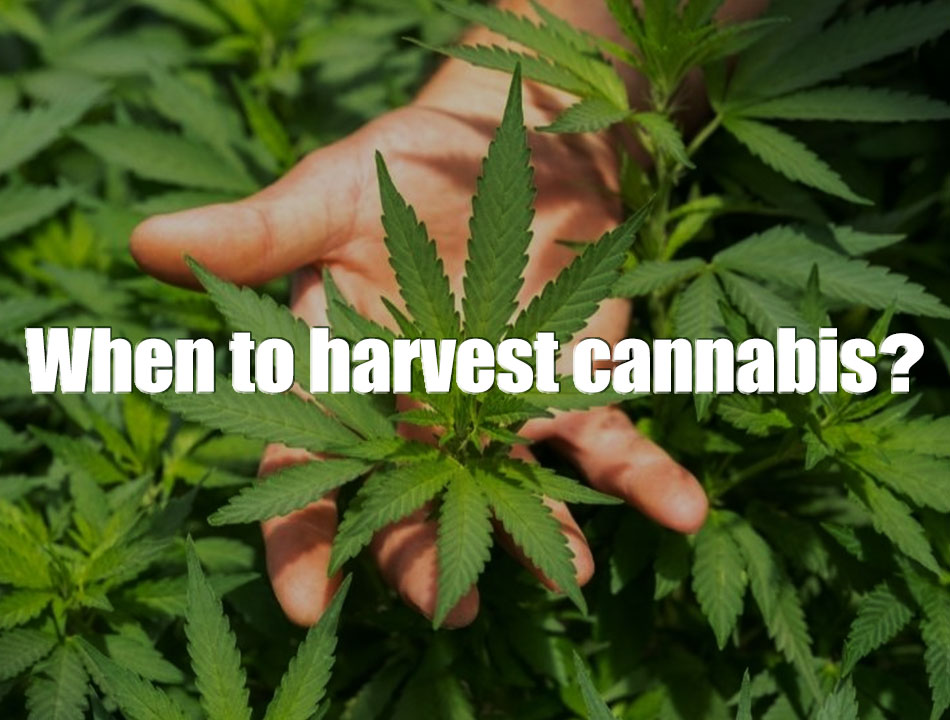
Mars Hydro Exhibition Notification: A Must-Visit for Commercial Growers
June 7, 2024
Why Are My Cannabis Leaves Curling Up
August 12, 2024Imagine this: You open up your stash, anticipating that familiar earthy aroma and vibrant green buds, only to find dry, brittle weed or, even worse, moldy buds. Bummer, right?
Proper storage is essential to maintaining the freshness, potency, and flavor of your cannabis. If you're a commercial grower, mastering the best practices for cannabis storage is crucial for protecting your profits.
How to Store Weed
To avoid the disappointment of discovering your cannabis has lost its quality, it's imperative to adopt proper storage techniques immediately after harvesting.
Drying
This section to drying your cannabis effectively is designed to help you navigate the initial and crucial stage of cannabis preservation, setting the stage for more advanced storage solutions.
The drying phase is critical in cannabis preservation, and the method you choose can greatly affect the final quality of your product. The space requirements for drying depend significantly on the technique used, each with its own benefits and challenges:
- Hang-drying the whole plant: This traditional method involves hanging entire plants or large branches in a controlled environment. It is labor-intensive and carries the risk of uneven drying or mold if not monitored closely. However, it's popular for large-scale operations due to its cost-effectiveness and simplicity.
- Wet-bucking flowers off the plant: In this method, the flowers are removed from the plant while still wet. This technique can speed up the drying process and is useful in managing large quantities efficiently, but it requires careful handling to preserve the integrity and aesthetics of the flowers.
- Drying on food-grade drying racks or using industrial drying chambers: For those looking for a more controlled and faster drying process, using food-grade racks or industrial chambers can be an excellent option. These methods allow for better airflow around the buds, reducing the risk of mold and speeding up drying time. However, the initial investment and operating costs can be high.
The choice of drying method may also depend on the local climate. In humid areas, it's generally safer to dry individual branches to promote better airflow and prevent mold. In drier regions, whole-plant drying might be preferable as it helps slow down the drying process, preventing the trichomes from becoming too brittle.
Curing
Following the drying phase, curing is the next crucial step in ensuring the quality of your cannabis is preserved for optimal use. Curing involves carefully aging the cannabis in a controlled environment to enhance its flavors, smokability, and overall aesthetic appeal. This process typically takes between 10 to 30 days and requires diligent attention to maintain the proper temperature and humidity. During curing, the cannabis is stored in airtight containers that are opened periodically to allow gases to escape and fresh air to enter, enhancing the overall quality of the flower.
Storage

Proper storage of your cannabis is essential for maintaining its quality over time. The storage solutions vary based on the volume of cannabis and the length of storage:
- Containers: For top-shelf cannabis, the use of food-grade, airtight containers, is recommended. These containers should shield the cannabis from light and prevent condensation while controlling air moisture.
- Environment: It is best to store cannabis in a stable, climate-controlled indoor environment. This setup helps prevent the degradation of cannabinoids and terpenes due to temperature fluctuations or excessive handling.
- No "Burping": If the flowers require frequent "burping" after the initial curing phase, it might indicate that they were not adequately dried before storage. Proper drying reduces the need to release gas from the containers frequently.
For products like hemp and biomass, which often face a supply glut, long-term storage becomes even more critical. Biomass should be stored in climate-controlled conditions, using sealable storage solutions like bags or crates that minimize exposure to oxygen and UV light. When stored correctly, biomass can remain viable for months or even years, although natural degradation will occur over time, potentially affecting yields and the quality of the extracted products.
Common Mistakes in Commercial Cannabis Storage
Proper storage is crucial in the commercial cannabis industry, where even minor errors can lead to significant consequences. Inadequate storage practices can degrade the quality of the product, resulting in diminished potency and undesirable changes in flavor and aroma. This not only leads to financial losses due to unsellable stock but also impacts brand reputation adversely.
Moreover, maintaining the freshness of commercial cannabis is substantially more challenging than managing personal-use quantities due to the scale and regulatory requirements involved. It is essential to implement stringent, scientifically-based storage protocols to ensure the longevity and quality of the product. Here are some common pitfalls and how to dodge them:
- Inadequate Climate Control
- Issue: Cannabis requires specific humidity and temperature levels to maintain its quality and prevent mold and mildew. Failing to keep the humidity in check is a rookie mistake. Too much humidity invites mold, while too little dries out your buds.
- Solution: Invest in high-quality climate control systems. Maintain relative humidity around 55-62% and keep temperatures between 60-70°F. Regularly monitor and adjust settings based on seasonal changes and specific strain requirements.
- Improper Container Materials
- Issue: Some materials can cause static charges that may lead to trichome damage, or they might react chemically with cannabinoids and terpenes.
- Solution: Use containers made of materials that are safe and non-reactive, such as glass or food-grade stainless steel. Avoid plastics or other materials that can degrade over time and contaminate the cannabis.
- Overcrowding of Storage Spaces
- Issue: Overcrowding can lead to uneven air circulation, making it difficult to control climate uniformly. This can result in hotspots that may accelerate degradation.
- Solution: Ensure that storage space allows for ample air circulation around cannabis products. Use shelving systems that do not crowd products together and maintain an organized inventory to facilitate proper airflow.
- Neglecting Curing Processes
If your cannabis isn't properly cured before storage, it's vulnerable to mold and degradation. Ensuring that your buds are thoroughly dried and cured is essential for preserving their quality. To achieve this, consider using a specialized herb drying rack. The Mars Hydro 4-layer mesh herb drying rack, complemented by pruning shears, offers premium quality and solid stability. Its versatile design is suited for a range of applications, providing a comfortable experience as you dry and prune your plant material to the ideal state. This careful preparation helps maintain the nutrients necessary for optimal preservation, consumption, and health benefits.
Conclusion
Storing weed the right way is crucial for keeping it fresh, potent, and flavorful. Control the temperature, humidity, and light exposure, and use the right storage containers to keep your cannabis in top shape. Avoid common mistakes like improper humidity control, light exposure, and using incorrect storage containers. With these tips, you'll be able to enjoy your weed at its best. So, treat your stash right, and it’ll treat you right in return!




